Bob Feller
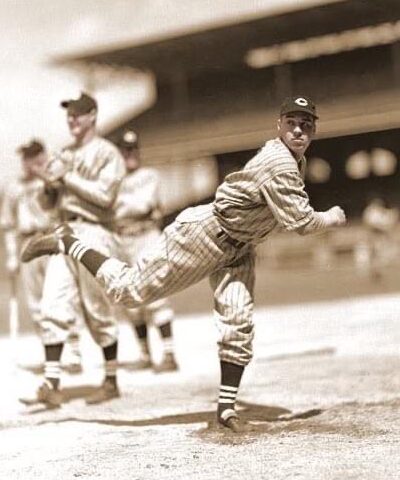
| Birthdate | 11/3/1918 |
| Death Date | 12/15/2010 |
| Debut Year | 1936 |
| Year of Induction | 1962 |
| Teams | Indians |
| Position | Pitcher |
In 1962 Bob Feller & Jackie Robinson became the first 1st-ballot HoFers since Ty Cobb, Babe Ruth, Christy Mathewson, Honus Wagner, & Walter Johnson.
Leave a comment
In the collection:
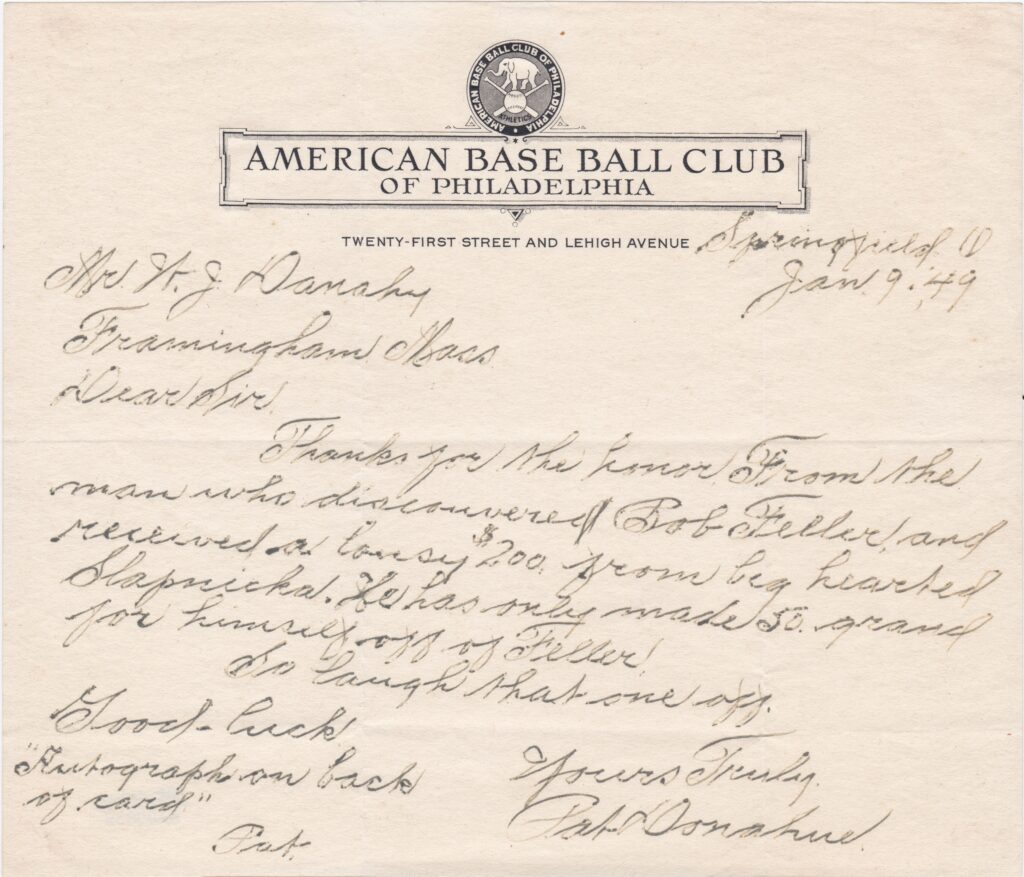
Former MLB catcher Pat Donahue discovered 16-year old Bob Feller in a semi-pro game
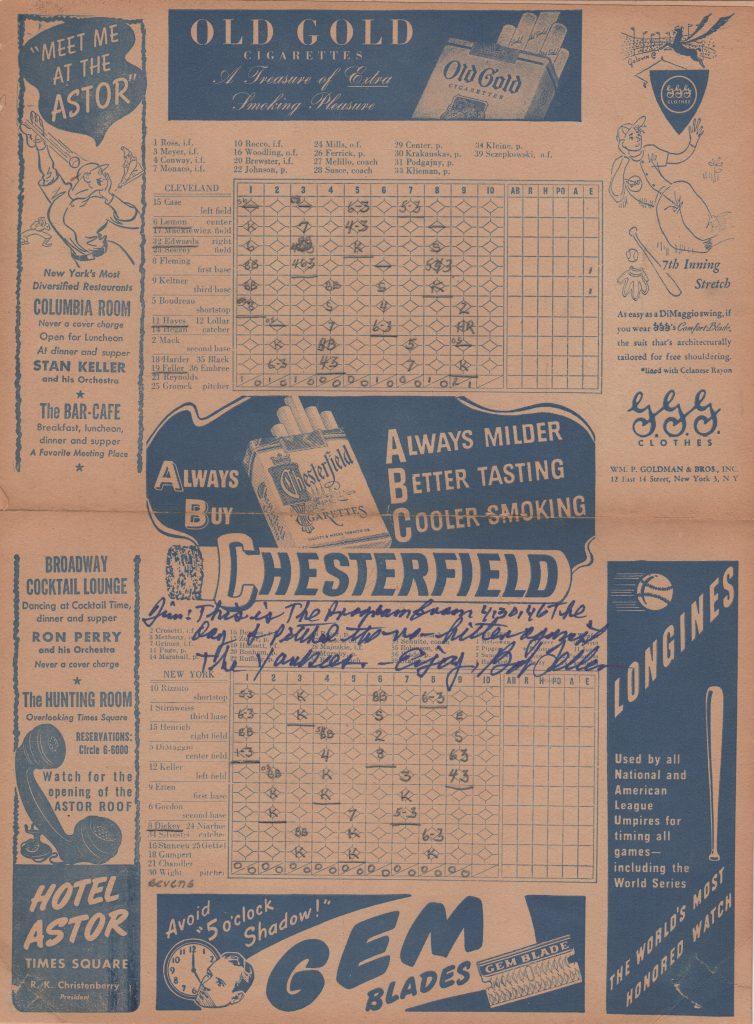
Bob Feller led the AL in wins 1939-41, and in '46 & '47; in between he was in WWII

Only Nolan Ryan (7) and Sandy Koufax (4) have more than Feller's three no-hitters
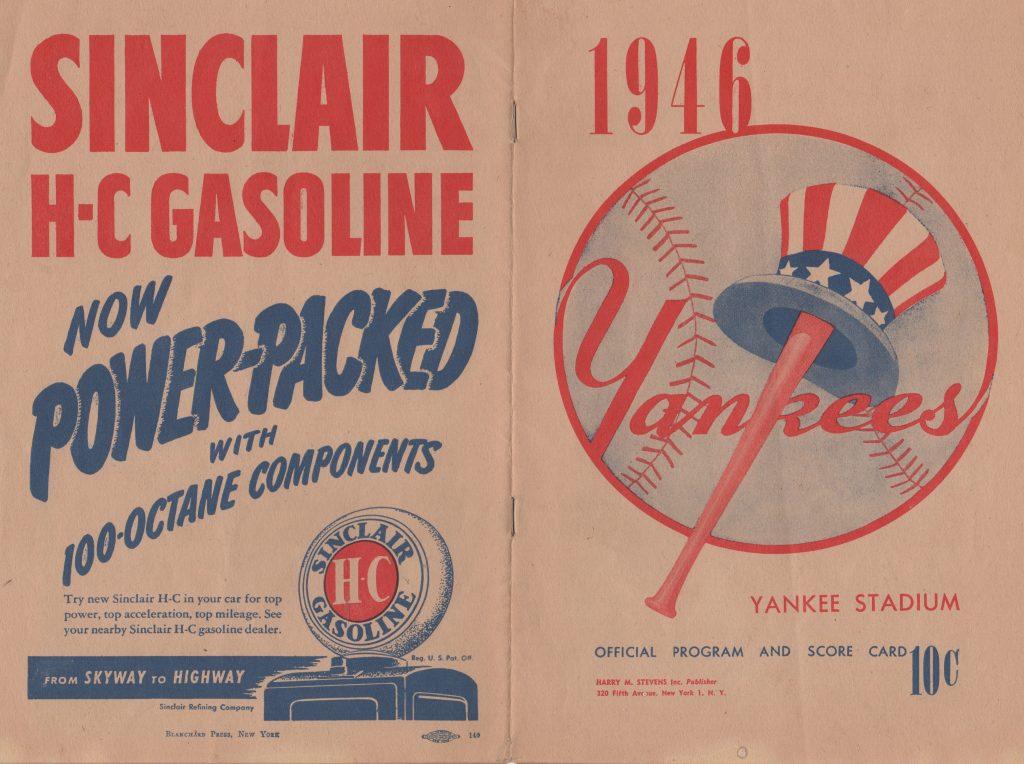
Feller's second no-hitter came against a Yankee lineup that boasted four Hall of Famers
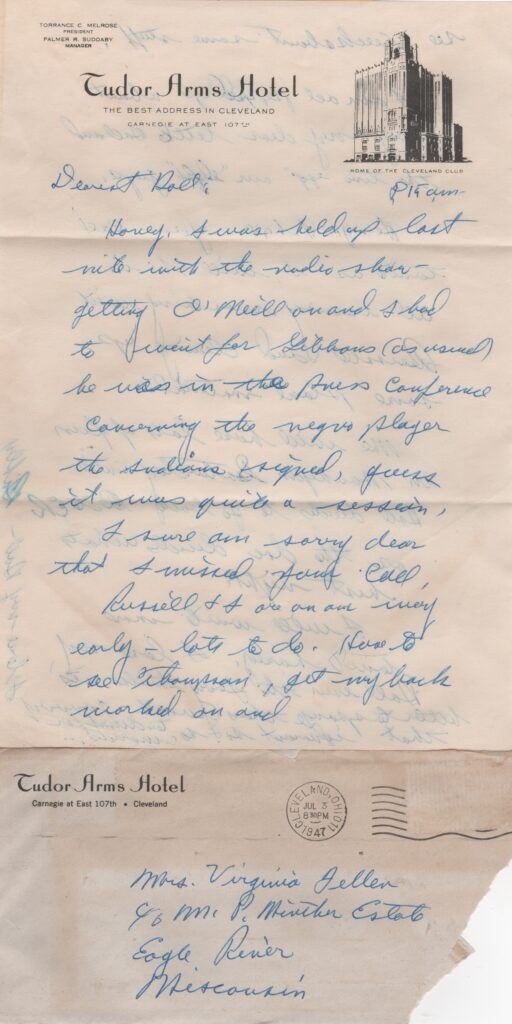
Feller was the Indians star when Larry Doby broke the AL color barrier
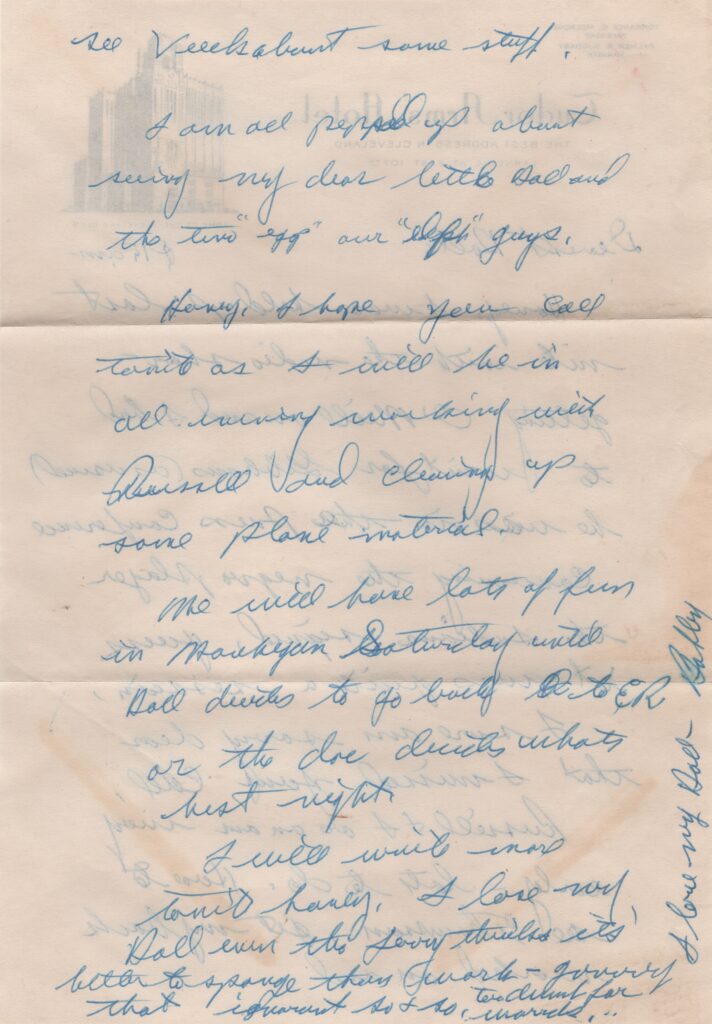
Bob Feller led the American League in wins, shutouts, and strikeouts in 1947
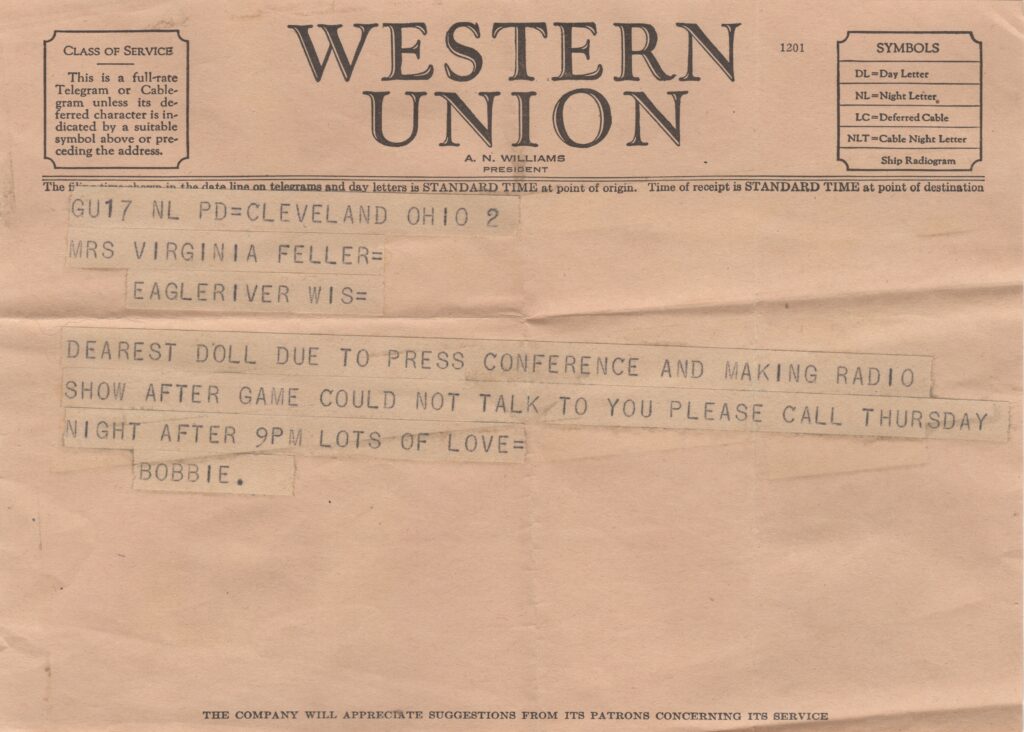
Feller and Larry Doby were teammates in Cleveland from 1947-1955
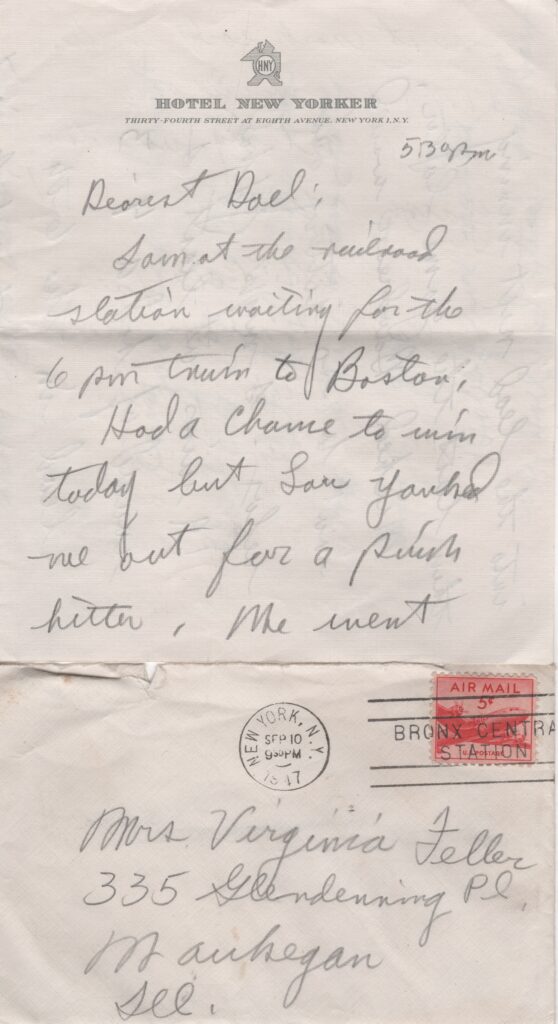
Each of the 6 seasons Bob Feller won 20+ games, he led the league in wins
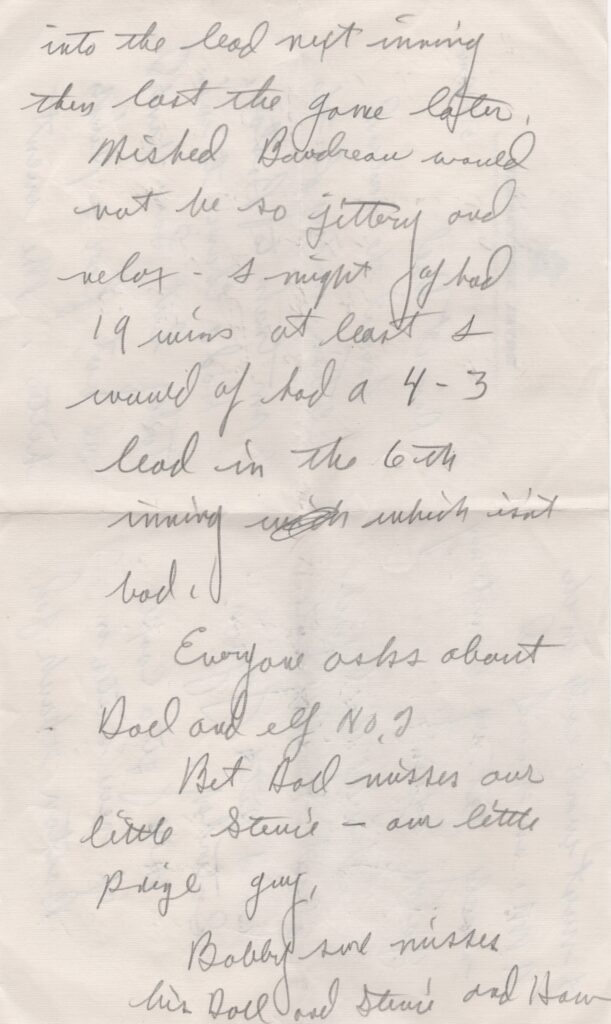
Feller got lifted then wrote he wishes skipper Lou Boudreau, "would not be so jittery"
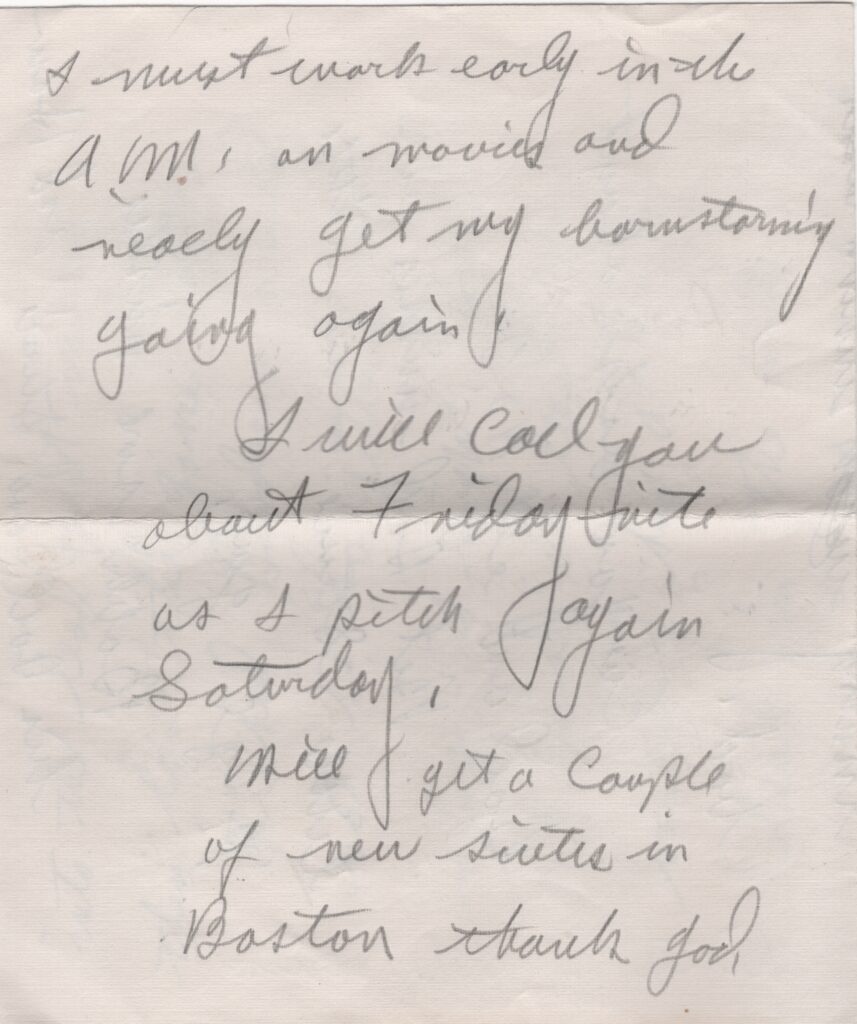
In page 3 of the letter, Feller writes about offseason barnstorming and his next start
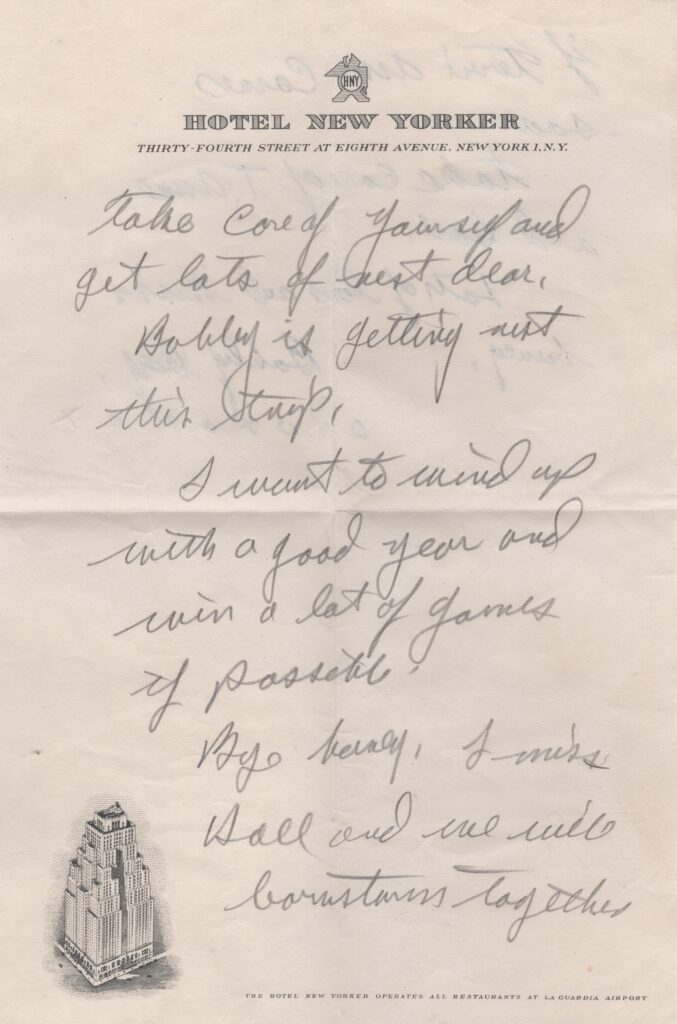
Feller likely would've reached 300 wins if not for his military service in World War II
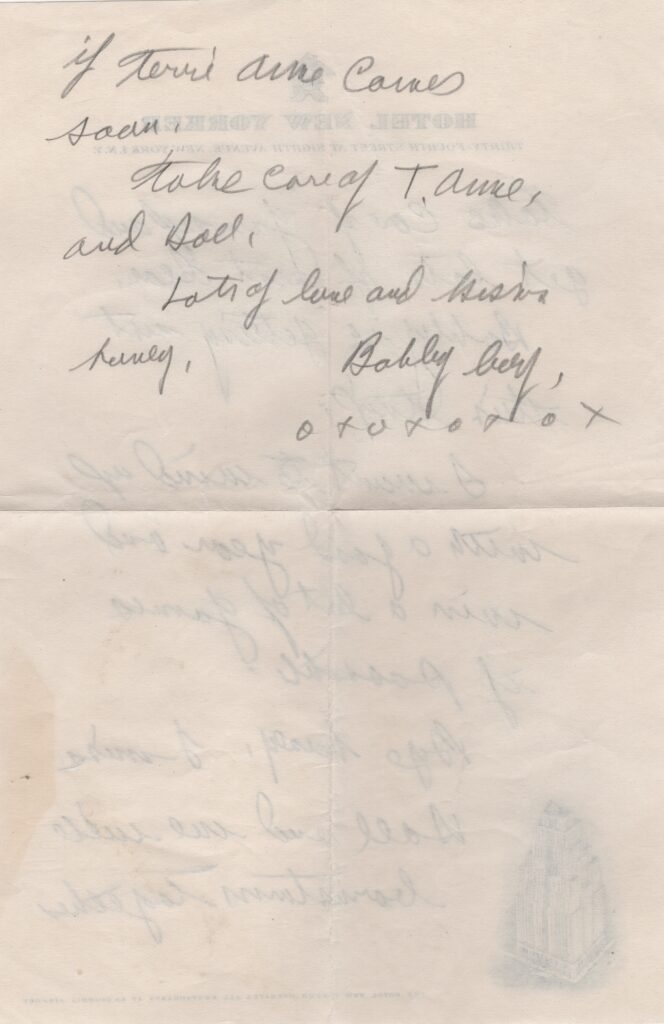
Feller closes out this 1947 letter to his wife Virginia with warm sentiments
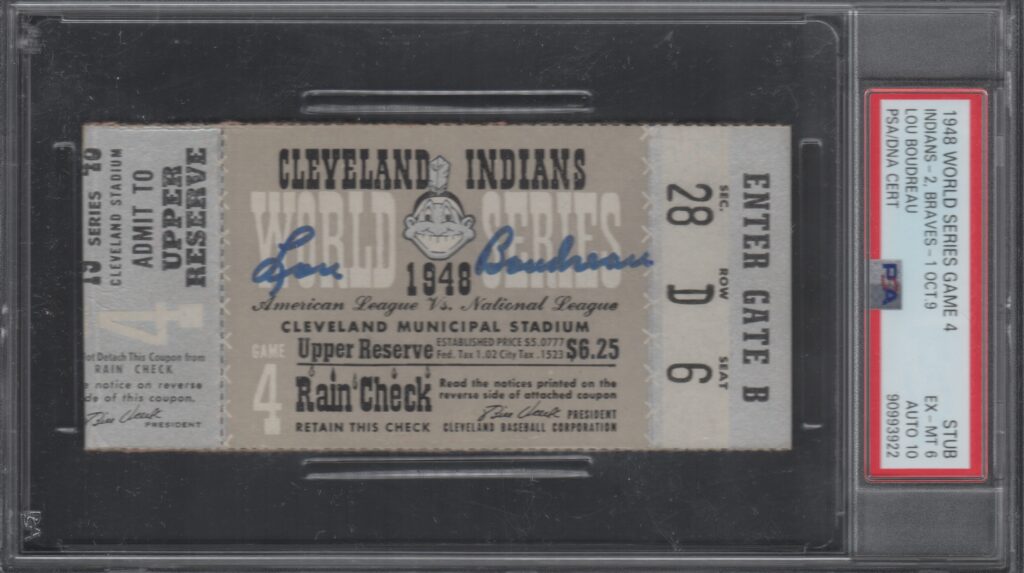
Feller had mixed results in his only two World Series starts in 1948 against the Boston Braves
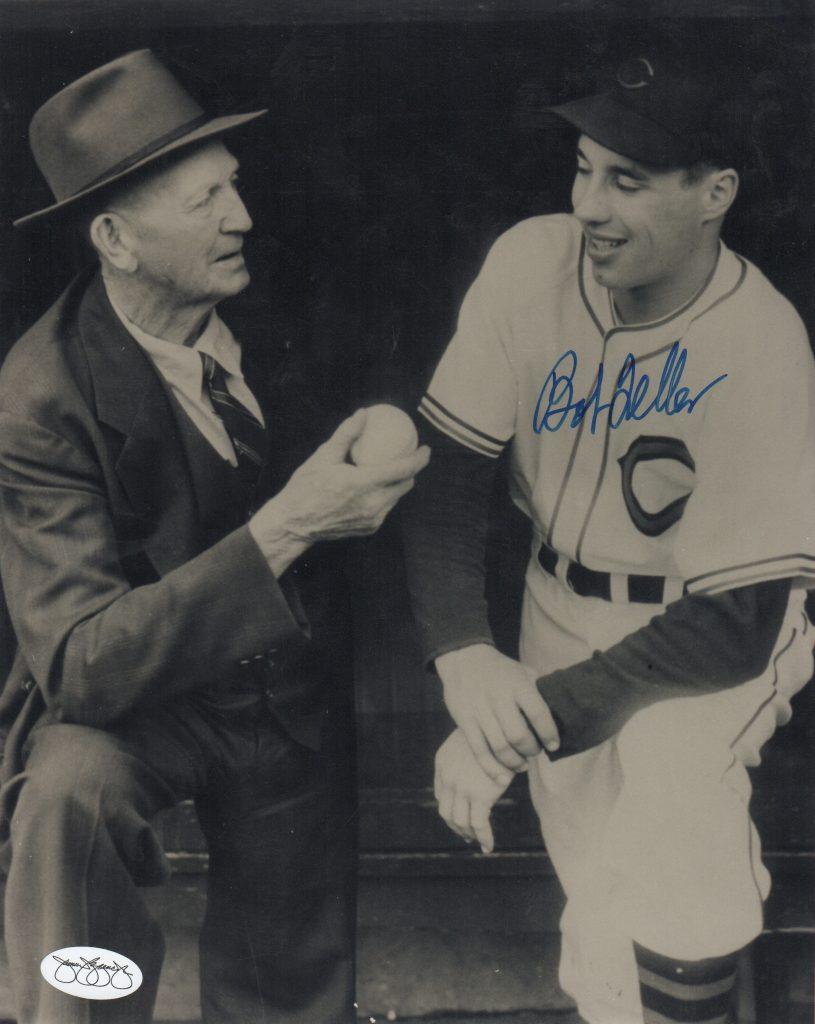
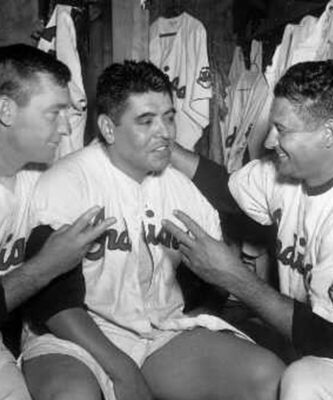
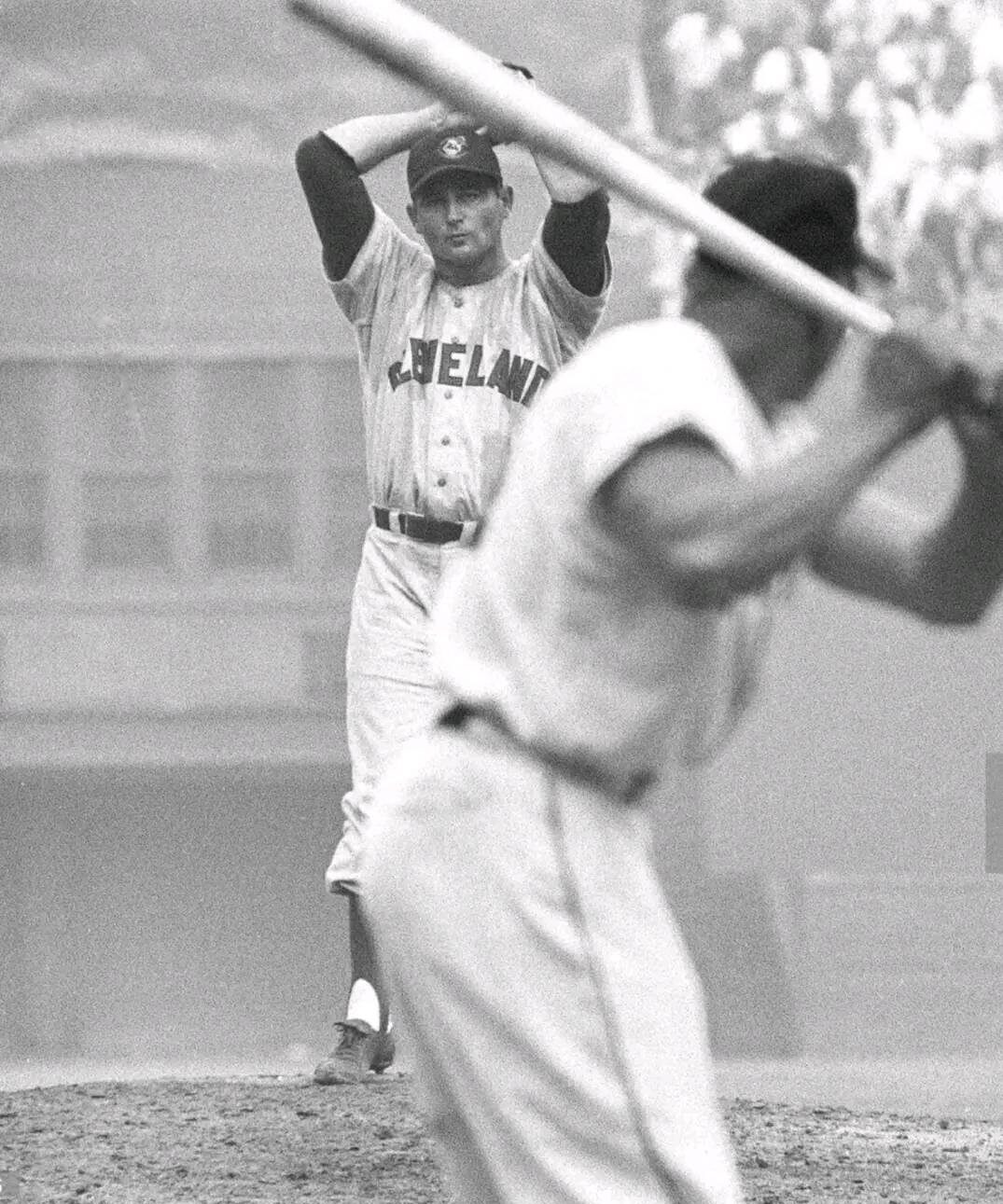
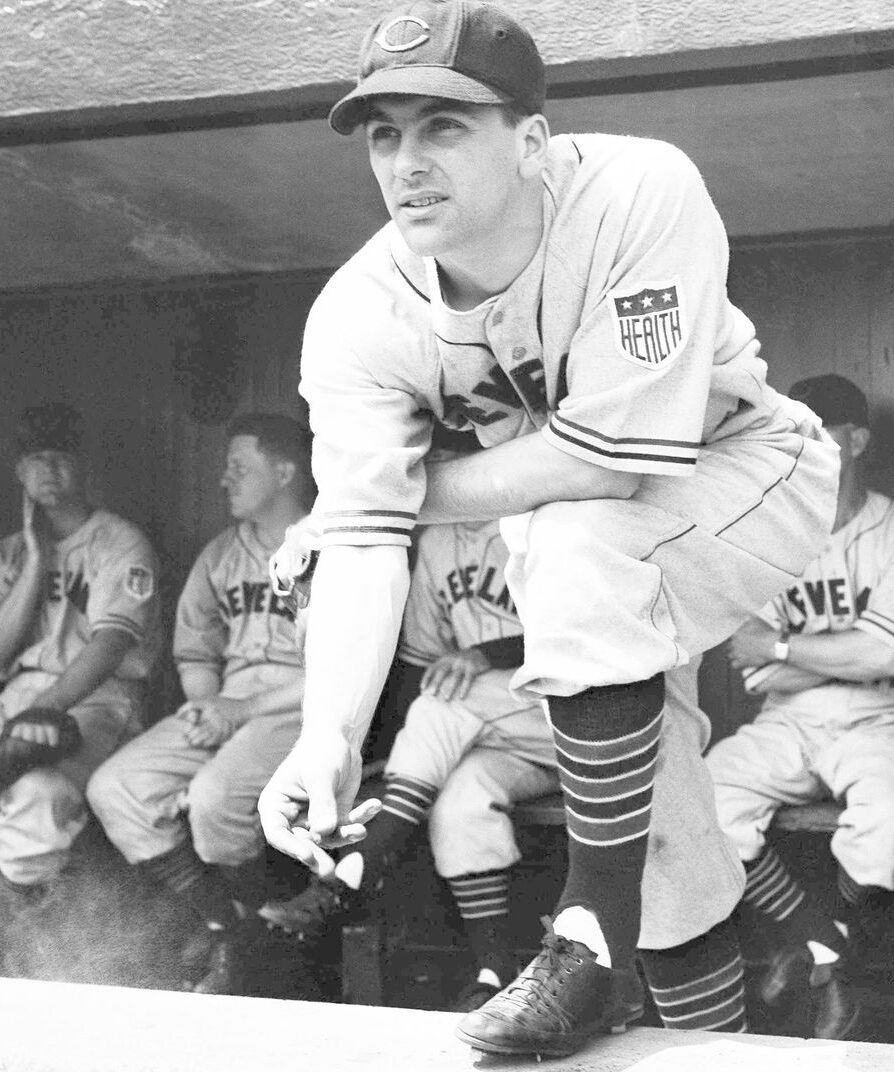
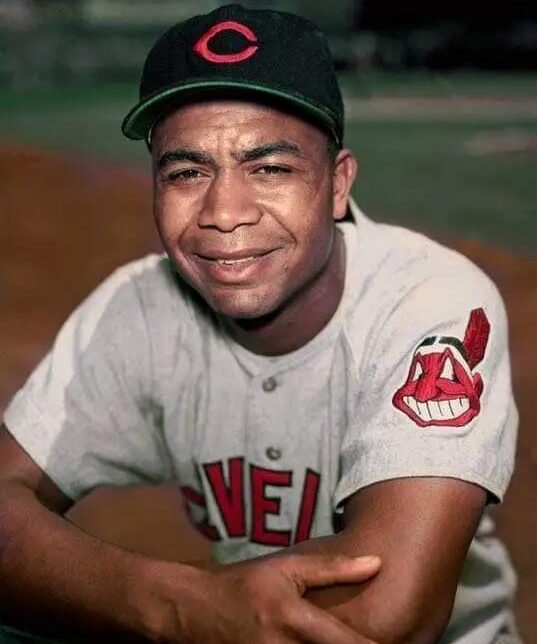
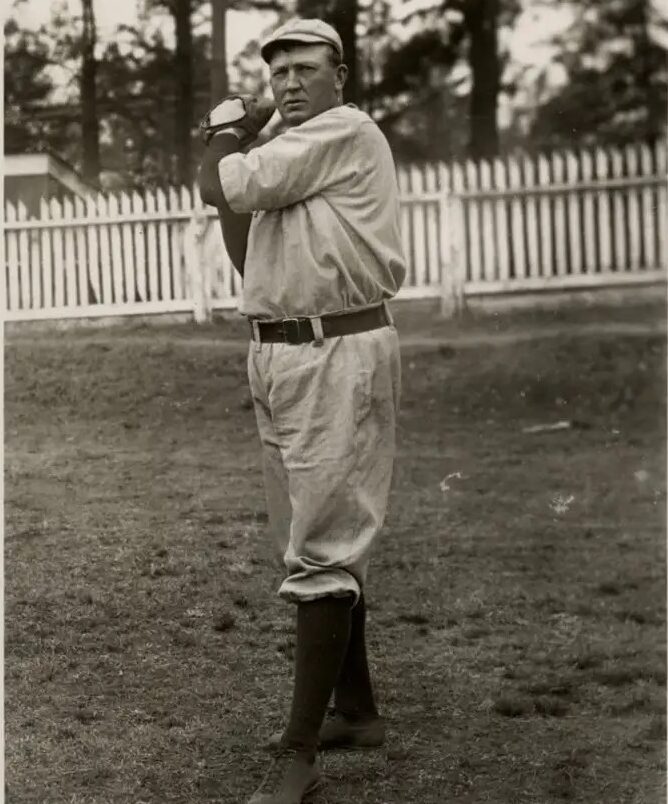
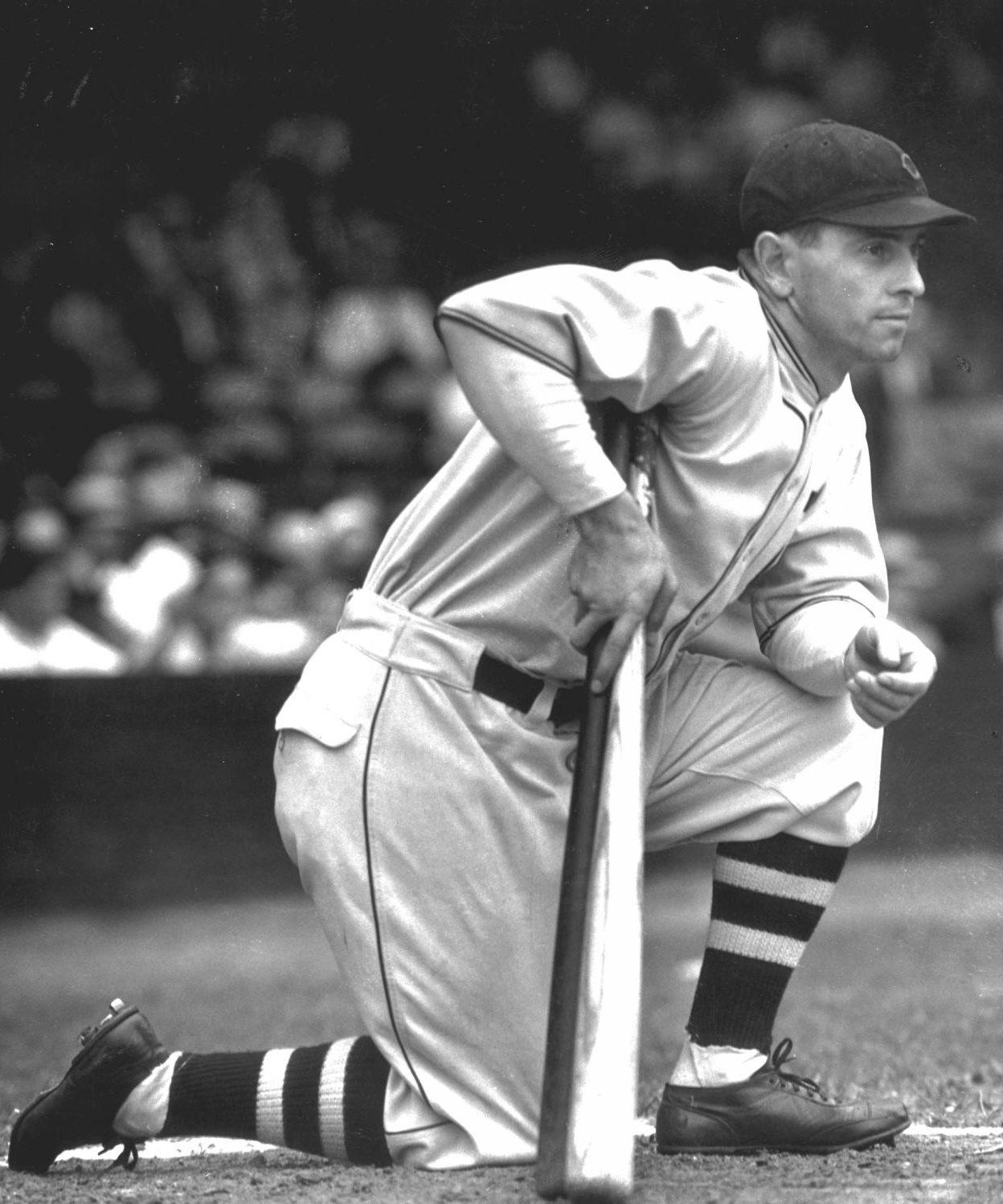
Feller and Jackie Robinson were the first players elected on their first ballot since the first five in 1936.
In 1959 when I was 10 years old I had the honor of catching a ball thrown to me by Rapid Robert at an end of the year sports banquet for the West Akron Baseball League. Our team had won the division and I kept that ball many years before using it in a pickup game at Hardesty Park in West Akron…hey… I needed a ball to play a game!
Have a ball autographed by Feller, Koufax, and Ryan the 3 No Hit Leaders, one of my prized possessions